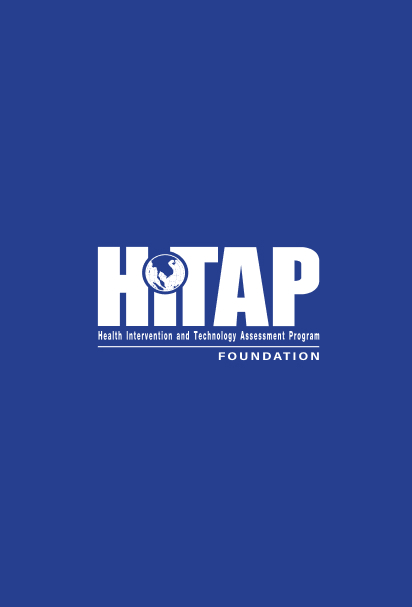
Traditional knowledge of health care in Thailand, referred to as Thai Traditional Medicine (TTM) or Kan Paet Pan Thai, has a rich history of application in disease prevention and treatment. However, TTM’s prominence waned for about six decades since the 1920s when Western medicine took precedence. The revival of TTM began in the 1980s, supported by government policies that encouraged the use of medicinal plants in primary health care and facilitated systematic research on herbal remedies. Thai traditional and alternative medicines (TT&AM) have been integrated into Thailand’s Universal Health Coverage (UHC) Scheme since its establishment in 2002. Its service coverage has progressively expanded ever since. In 2015, it was officially included in the Ministry of Public Health (MOPH)’s service plan, solidifying the position of TTM services within the overall healthcare system as part of UHC’s health service. Reimbursable treatments and rehabilitation under the Thai UHC scheme include Nuad Thai (traditional Thai massage), hot herbal compression, herbal steam bath, hot salt pot compression and other post-partum care, herbal medications in the National List of Essential Herbal Medicines, and acupuncture. Since TT&AM services have officially been a part of the MOPH service plan, the number of treatment and rehabilitative therapies has grown rapidly. The integration of TTM and traditional Chinese medicine in Thailand’s healthcare system met the WHO’s criteria as an “integrative system.”
The Department of Thai Traditional and Alternative Medicine (DTAM) is the national authority under MOPH that manages and ensures the accessibility and quality standard of TT&AM services in all levels of public health service facilities across the 77 provinces of Thailand. In 2013, DTAM, in collaboration with the Provincial Health Office (PHO) of Sakaeo province, the National Health Security Office (NHSO), and the Information and Communication Technologies Center of MOPH, therefore introduced a TT&AM service reporting online dashboard with the idea of ‘Everywhere and Every time.’ This program, called ‘Health Data Center for TTM Service or HDC TTM Service,’ integrates the existing MOPH-HDC information management system and the electronic reporting system for monitoring and evaluating TTM services. The HDC-TTM Service retrieves information on TT&AM service from the MOPH HDC database. It receives service record data from health service facilities nationwide and presents it on a dashboard within 24 hours (Figure 1). Collecting services record data for HDC TTM Service involves three steps. Firstly, health service facilities report primary data on the provided services to the provincial HDC. These data undergo quality inspection before being uploaded to the MOPH’s ‘HDC-on-cloud.’ Lastly, the information is summarized as a ‘Summary table’ or ‘S_table’ and transferred to DTAM’s virtual server for display on the HDC TTM Service dashboard. The entire operating process takes approximately 24 hours.